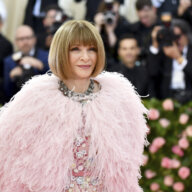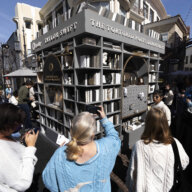Three and a half centuries after their creation, the faces of Jesus painted by Rembrandt van Rijn look beautiful, reverent, loving — anything but controversial. But when he painted these seven portraits — reunited for the first time since an inventory of the artist’s studio in 1656 for the Art Museum’s new show, “Rembrandt and the Face of Jesus” — Rembrandt was embarking on a drastic departure from then-standard images of Christ.
“Rembrandt was going against traditions of depicting Jesus as a Greek god, an idealized figure,” explained curator Lloyd DeWitt during a tour of the exhibition. “He invented a truly human Jesus, using a living model that looked Jewish. It was a gesture of enormous radical import.”
The show, making its first U.S. stop in Philly after a successful run at the Louvre, includes examples of the idealized images from which Rembrandt’s more relatable Jesus emerged. The first Rembrandt exhibit in the city since 1936, it includes 22 paintings, 17 drawings and nine prints by Rembrandt, his predecessors and his students.
But the centerpiece is undeniably the masterpiece “The Supper at Emmaus,” seen here for the first time since 1936, newly restored by the Louvre, and the septet of small oil studies of the face of Jesus that DeWitt calls “humble sketches full of power and grace.”





























